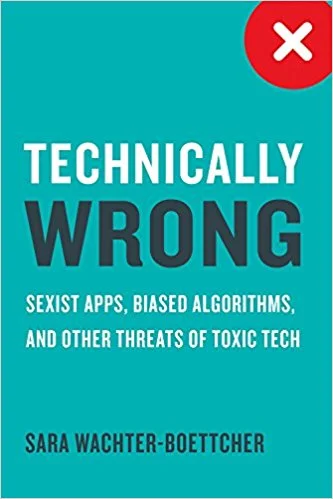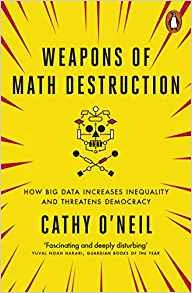Several books have been published over the last few years dealing with artificial intelligence. Many of them cover the same ground, such as the inherent biases in the algorithms, the fact that nobody knows how the AI is making its decisions, and the possible dystopian aspects of relying more and more on AI for life-changing decisions, such as recruitment and sentencing. These books display varying levels of hysteria or anger, so it was a refreshing change to read a more balanced approach.
Hannah Fry is an English mathematician, and she covers power, data, justice, medicine, cars, crime and art. Her approach is very measured. For example, she makes the point that some algorithms appear to be biased because they use data that appears to be biased, but in some cases that data is an accurate reflection of reality, or of simple mathematical truths.
One of the dilemmas facing us is how much power to give to a computer program that is in effect a black box. For example, if an AI program works out, based on the data, that the chances of your being guilty of a crime are millions to one in favour, that's an objective truth which cannot be argued with, right? But Fry discusses how we make a choice as to whether a program allows false negatives or false positives. A false negative is where you decide, say, a person is innocent, and they turn out not to be. You can tighten up the rules to minimise the risk of that happening. However, the price of doing so is going to be an increase in the number of false positives, that is people who are innocent being found guilty.
Fry writes engagingly, and this book felt more like a page turner novel than an academic treatise. She concludes:
"Imagine that, rather than exclusively focusing our attention on designing our algorithms to adhere to some impossible standard of perfect fairness, we instead designed them to facilitate redress when they inevitably erred; that we put as much time and effort into ensuring that automatic systems were as easy to challenge as they are to implement."
Teachers looking for great examples and explanations of AI algorithms to use in their lessons should buy this book.
I received a complimentary copy of the book to review, but that hasn’t influenced my opinions.
If you found this article interesting, why not subscribe to my newsletter, Digital Education? It’s been going since the year 2000, and has news, views and reviews for Computing and ed tech teachers.






A really engaging exploration into the development of AI and the problems it has had to grapple with.